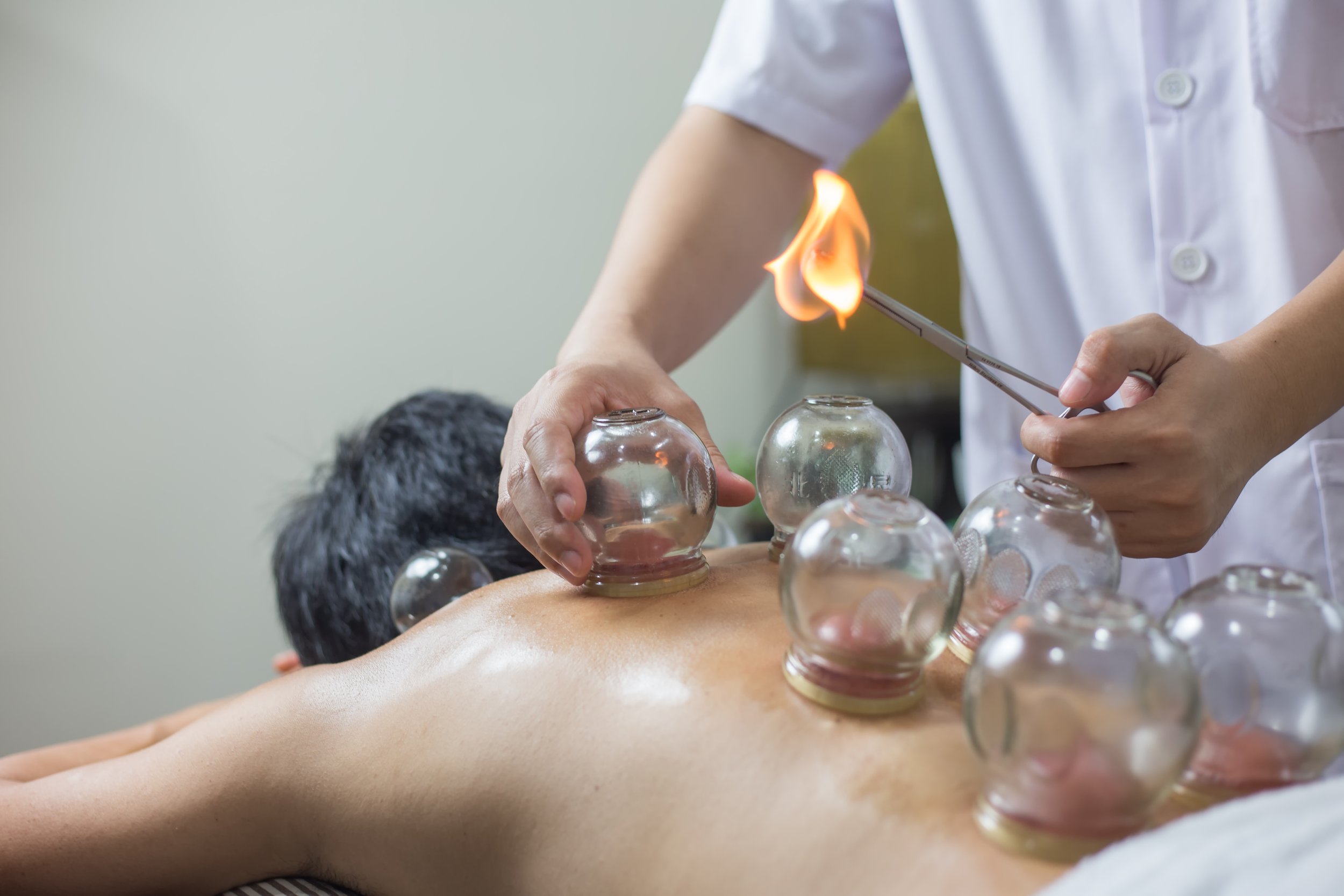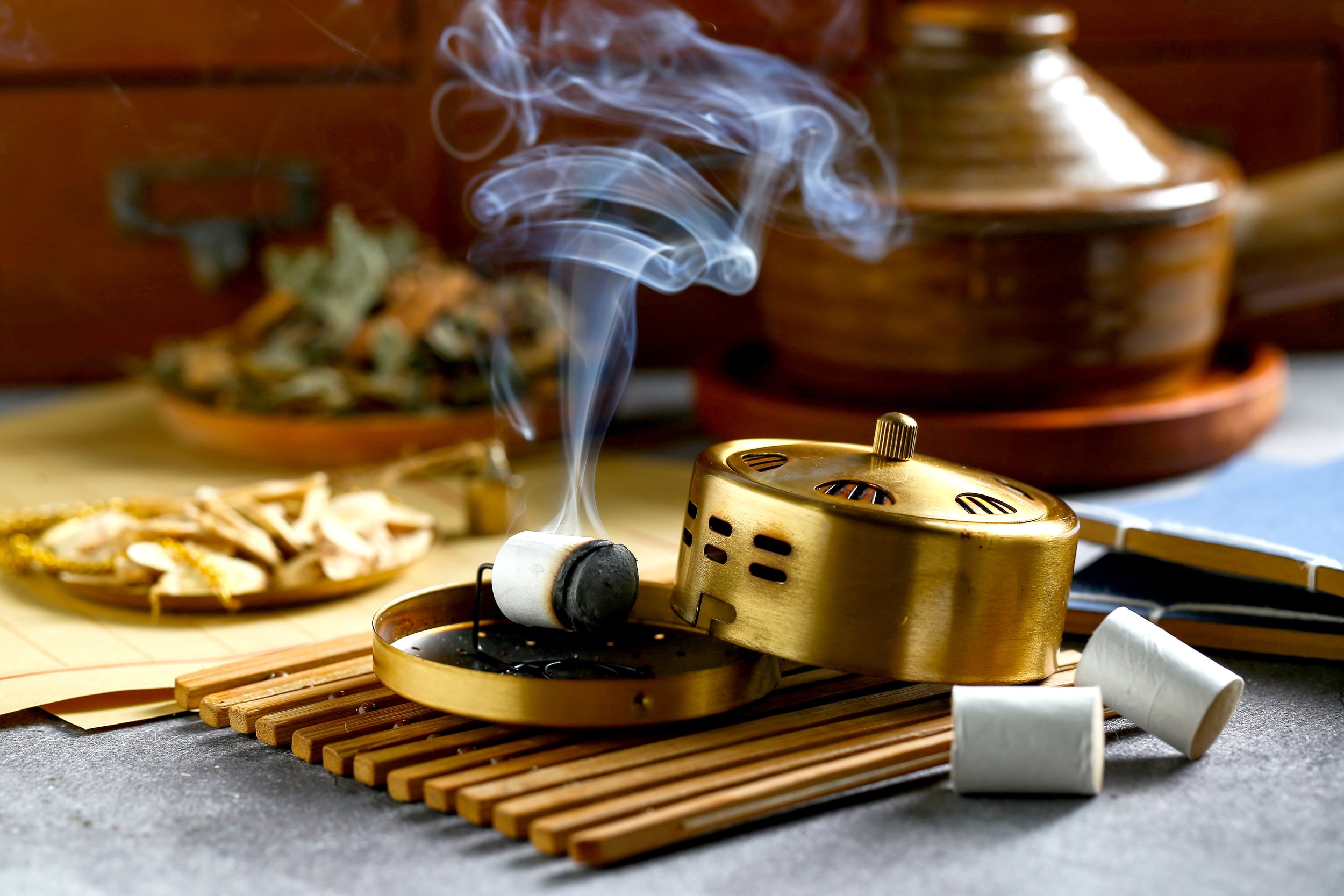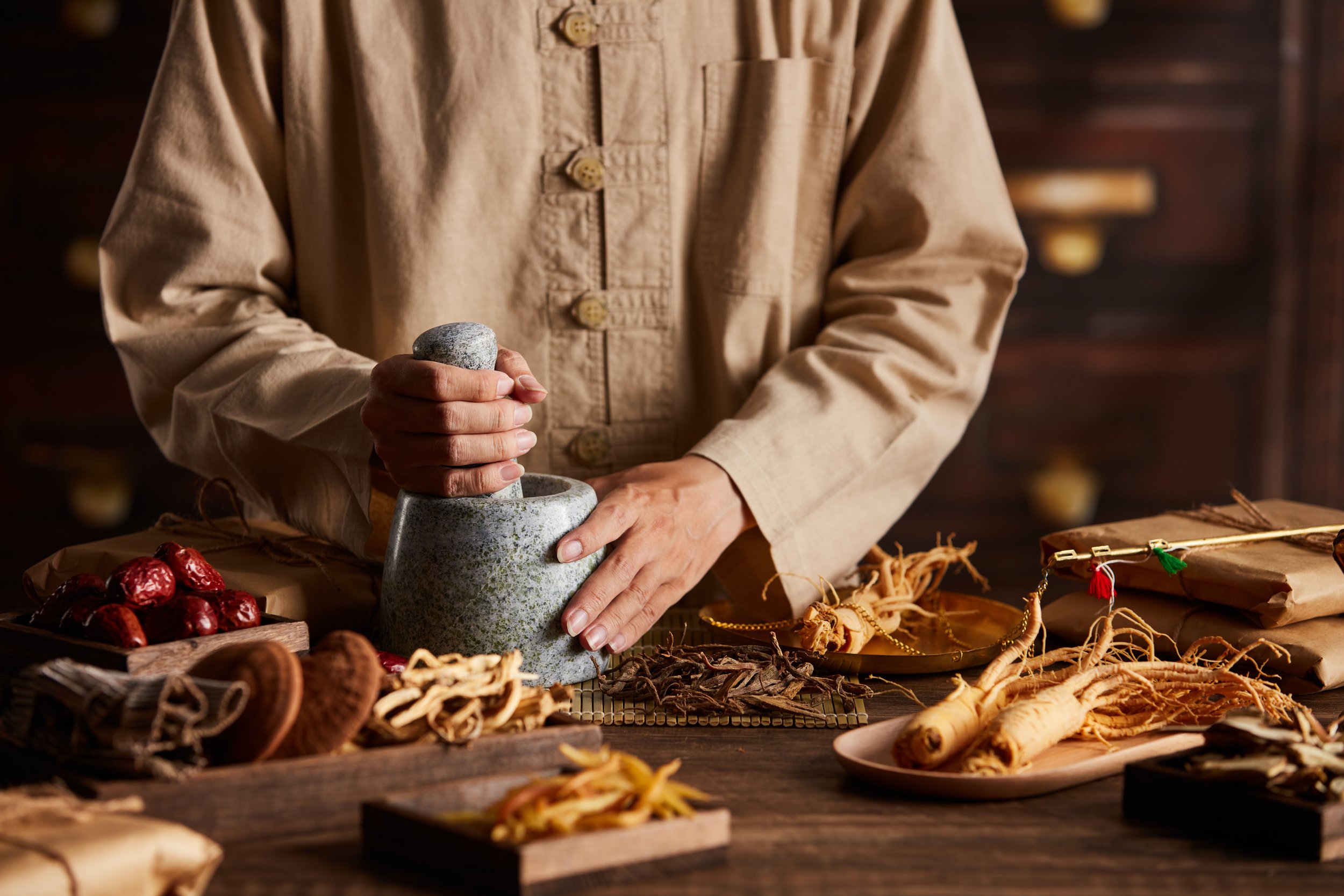What can Acupuncture help with?
Acupuncture can treat but is not limited to:
Stress, Depression, Anxiety, Fatigue, Insomnia
Surgery Preparation, Post Operation Recovery
Headaches, Migraines, Dizziness
Stroke recovery, Asthma, Cough, COPD
Acute and Chronic Pain, Muscle Aches, Sciatica, Arthritis
Diabetic Neuropathy, TMJ, Frozen Shoulder
Hot Flashes, Menopause, Menstrual Disorders, PMS
Allergies, Common Cold, Sinus Issues
Smoking Cessation, Alcohol Dependence
Weight Loss, complementary to Addiction Therapy
Constipation, IBS, GERD
Bloating, Incontinence
Acupuncture
Acupuncture points are located along a network of meridians that overlay the entire body and establish a grid system. There are 12 major meridians that connect to internal organs with two major meridians intersecting the midline of the body. The meridians can be further classified into Yin and Yang with each pair consisting one of each. The main 12 meridians are paired and grouped into 5 different elements: Wood, Fire, Earth, Metal, and Water. Each element has different aspects of the body they control i.e. the Yin organ of Metal is the Lungs and those control the skin. Each meridian has different levels of depth on the body and there can be over three meridians that intersect on a single acupuncture point. The main meridian systems collectively regulate the body’s homeostasis. Activating acupuncture points can be analogized as recalibrating gears in a machine; some gears are spinning too fast, and some are spinning too slow.
Does it hurt? What to expect.
The filiform needles are miniscule and rarely cause pain to the body. Most points activated on the torso have thick tissues. Sometimes you feel a small pinch, but it is nothing like an injection. The points on the hands and feet have a slight pinch because the tissues are thinner in those areas. Regardless of the area, any pinch feeling will subside within a couple minutes and within no time, you almost forget that you are sitting with them. Most people that are afraid have the same “oh, that’s it?” reaction after I insert the first needle. Some even fall asleep during their therapeutic rest. A typical session ranges from 45 minutes to an hour. Results vary depending on the patient; the quicker you take care of your ailment, the faster the improvement. I recommend patients to try five treatments before expecting major results.
Cupping
Cupping is a form of instrument assisted soft tissue manipulation. It helps circulate stagnant body fluids and remove toxins. Traditionally it uses heat placed in a bamboo, glass, or porcelain cup to create suction that draw blood to a superficial level. It’s great for musculoskeletal issues all over the body. Most cupping you will see today uses a pumping device to create suction with plastic cups. This method can be painful and is not preferred by most patients and I stick to the traditional methods. After experiencing a cupping session, patients tend to feel freed space in their affected area.
Moxibustion
Moxibustion is a technique that is as old as Acupuncture. In fact, the Chinese Symbols for “Acupuncture” actually mean “Acupuncture and Moxibustion”. This therapy is done by grinding the herb mugwort down and compacting the plant matter into a piece. The remaining product is called moxa. It is then combusted either directly on the skin, on a needle, or held in a device and hovered over an area. Moxa is used to attract Qi and warmth to nourish a depleted area. The mugwort is then removed before it causes heat damage to the skin.
Chinese Herbal Formulas
One of the oldest Chinese herbal formula books written is the Shang Han Lun or Treatise on Cold Damage Disorders. It was believed to have been written before 220 AD and some of those formulas are still used in the modern world! The herbs essentially supplement the work done by acupuncture in between treatment sessions. They work by activating the meridian system, targeting specific channels. There can be anywhere from two to twelve ingredients in an herbal formula. The herbal formula typically has a primary herb or two that perform the main function. The complementary herbs either help or diminish the effects of the primary herbs.
Gua sha
Gua sha is also known as myofascial release scraping. Gua means to scrape and Sha means petechiae. Traditionally it is done in Eastern house holds on a child’s back when they get sick to vent the pathogens out of the body. In today’s world it works wonders on muscle tightness and is widely used as a beauty technique for facial complexion. It works by firmly pressing and gliding a tool over an affected area that has a medium such as oil to promote regeneration, recovery, metabolic cellular repair, and healing. The petechiae are not like typical bruises and an go away within 2-5 days. Many people describe a heat release and loosening of their affected body area upon completion of a treatment.






